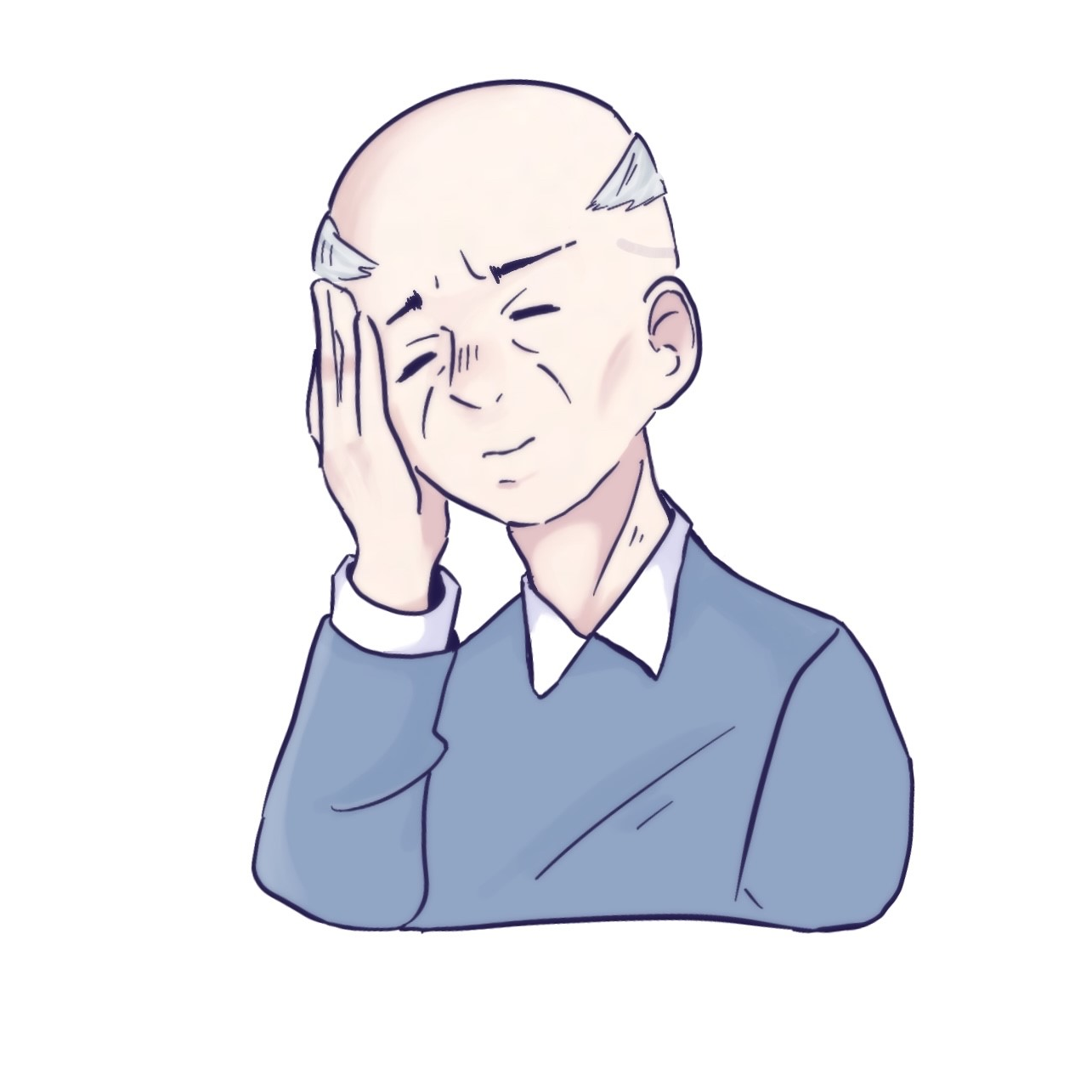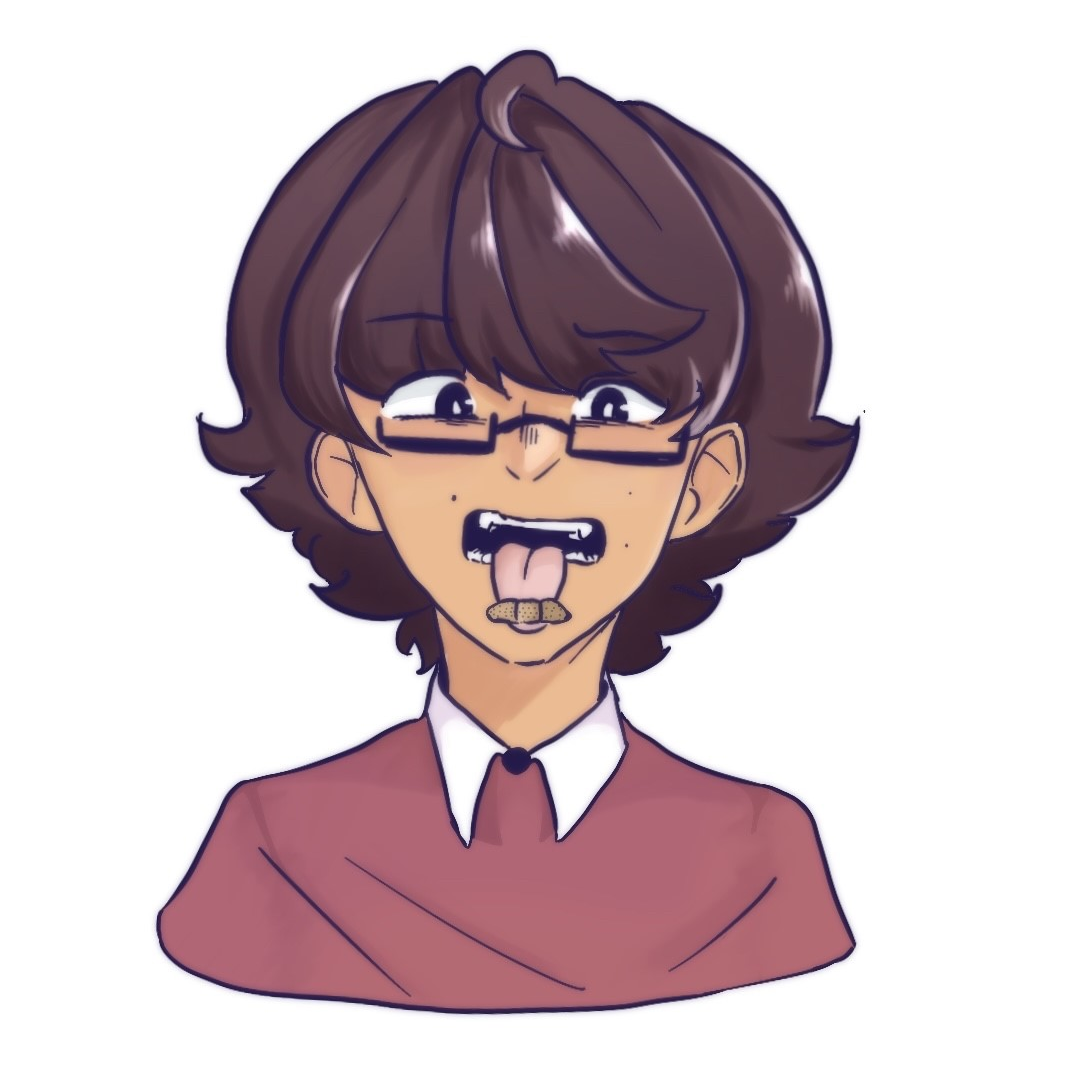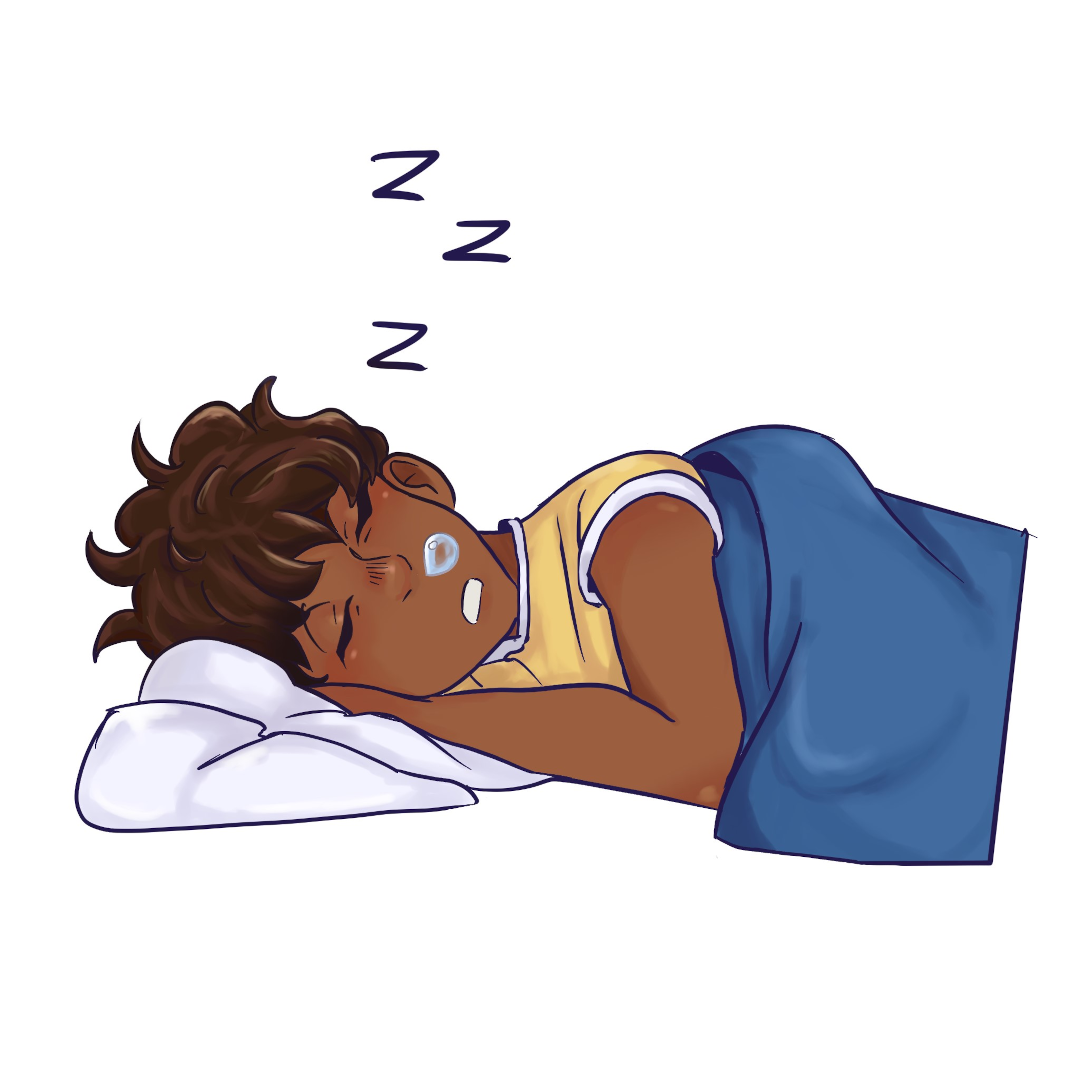
Temporomandibular disorder (TMD) refers to a group of Conditions that cause pain and impaired function in the jaw joints and muscles that control the movement of the jaw. While “TMJ” refers only to the temporomandibular joint itself (it functions like a hinge in front of your ear when you open and close your mouth), “TMD” refers to the disorders that affect these structures.
Common symptoms of TMD include:
• Pain in the jaw muscles and/or jaw joint (most common symptom), especially during jaw function.
• Pain radiating to the face, cheek, nose, or neck.
• Jaw stiffness or tightness.
• Jaw catching or locking (restricted opening).
• Painful clicking, popping, or grating (gravel noise) in the jaw joint.
• Ear ringing (tinnitus); ear pain, ear stuffiness; perceived loss of hearing.
• Feeling that your bite is off.
• Headaches
• Tooth pain (either due to referred muscle pain or occlusal trauma)
Please note that TMJ clicking and popping without pain are common, considered nearly normal, and don’t require treatment.
Treatment:
At South Sound Oral Medicine, we implement conservative, nonsurgical, evidence-based interventions to treat TMD which include:
• Selfcare education and instructions on the dos and don'ts that give your jaw and TMJ the opportunity to heal and function normally.
• Prescription medications to reduce and help control TMD symptoms.
• Appliance therapy (nightguards or occlusal splints).
• Injections of local anesthetic into painful muscle trigger points.
• Botulinum toxin (e.g., BOTOX®) therapy when appropriate.
• Referral to physical or massage therapy.
Useful link:
Please click on the link below if you wish to learn more about TMD:
TMD (Temporomandibular Disorders) | National Institute of Dental and Craniofacial Research (nih.gov)

Chronic craniofacial pain (pain in the head and face) is present in as much as one in every ten people. Successful management of chronic craniofacial pain requires a thorough evaluation of the patient and reaching a correct diagnosis. Evaluation includes a complete medical, dental, psychosocial history, examination, and diagnostic studies and consultations when appropriate.
Craniofacial pain includes:
• Headaches
• Neuralgias and painful cranial neuropathies
• Myofascial pain
• Central neuropathic facial pain
• Referred neck pain

Atypical facial pain is characterized by persistent facial and/or oral pain in the absence of a definable cause (everything, including x-rays, appears normal). The pain usually happens after a minor surgery or injury to the face, teeth, or gums, and is thought to be caused by nerve dysfunction, It is a diagnosis of exclusion and thus, a thorough evaluation is required to reach this diagnosis.
Several local and systemic medications may help alleviate this type of pain, depending on the individual patient.

Diagnosing and treating mucosal lesions of the mouth and gums may present a challenge for many clinicians because of the variety of conditions/lesions that affect the oral mucosa and the similarity of their appearance. As Oral Medicine specialists, our doctors are specifically trained to diagnose and treat oral mucosal lesions such as:
• Oral lichen planus
• Leukoplakia (literally “white spot” or white lesion)
• Infections: fungal or yeast overgrowth; viral or bacterial infection
• Oral ulcers and sores
• Benign mucous membrane pemphigoid
• Oral manifestations of systemic diseases
• Premalignant and malignant lesions
• Other abnormalities

Dry mouth, also called xerostomia (ZEER-oh-STOH-mee-ah), is not having enough saliva to keep the mouth comfortably wet. Dry mouth can be caused by excessive mouth breathing, dehydration, medication side effects, head and neck irradiation for cancer treatment, and systemic conditions such as Sjögren’s Syndrome or thyroid dysfunction. When dry mouth persists, chewing, swallowing, and even talking may become difficult. Dry mouth also increases the risk for:
• Tooth decay
• Fungal infections
• Burning mouth
• Bad breath
• Taste changes
Dry mouth is not a normal part of aging. If you think you have dry mouth, please come see us to find out why your mouth is dry.
While taste abnormalities can be caused by dry mouth, smell abnormalities are a more common cause. Loss of taste (and smell) is common during upper airway infections, but trauma can also be a cause. A thorough evaluation of patients with abnormalities of taste or smell is needed to understand the root cause of the abnormalities and often requires a multidisciplinary evaluation.

Obstructive sleep apnea (OSA) is a common disorder with significant, negative effects on health, such as elevated blood pressure or blood sugar, particularly when severe. OSA causes recurrent airway blockage during sleep, with resultant hypoxia (low blood oxygen) and sleep fragmentation. The first-line therapy for patients with OSA is positive airway pressure (PAP) therapy, such as CPAP. However, oral appliances are often better tolerated than PAP therapy and represent an important alternative to CPAP. Other OSA treatments include postural control (side sleeping), allergy evaluation & treatment, weight loss, and various surgical interventions.
Oral appliances are called mandibular advancement devices (MAD). They work by increasing the dimensions of the upper airway by supporting the mandible (and base of tongue) in a forward position during sleep. At South Sound Oral Medicine, in addition to making these high-quality devices at the direction of a physician, we carefully evaluate patients to make sure that there are no contraindications to wearing a MAD.